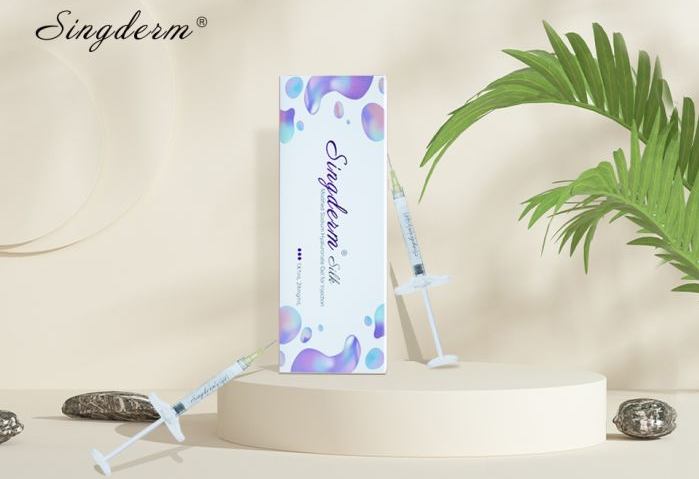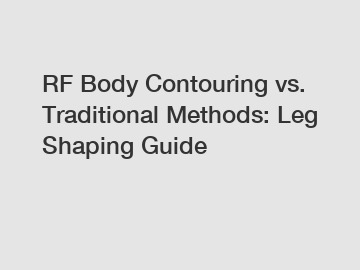How Long Do Dermal Fillers Last: A Comprehensive Guide
Dermal fillers have gained immense popularity as a non-surgical solution for addressing various cosmetic concerns, from reducing the appearance of wrinkles to enhancing facial features. One common question that individuals considering dermal fillers often ask is, "How long do dermal fillers last?" The longevity of dermal fillers can vary depending on several factors, including the type of filler used, the area of treatment, and individual factors such as metabolism and lifestyle. In this comprehensive guide, we will explore the factors that influence the duration of dermal filler results and provide insights into the average lifespan of different types of fillers.
Understanding Dermal Fillers
Before delving into the longevity of dermal fillers, it's essential to understand what dermal fillers are and how they work. Dermal fillers are injectable substances, typically gel-like in consistency, that are used to add volume, smooth wrinkles, and enhance facial contours. They work by filling in areas of the face where collagen and hyaluronic acid, natural components that give the skin its youthful appearance, have diminished over time.
Factors Influencing Dermal Filler Longevity
Several key factors can affect how long dermal fillers last in an individual. It's crucial to consider these factors when setting expectations for the duration of your results:
1. Type of Filler
The type of dermal filler used plays a significant role in determining its longevity. Different fillers are composed of various materials that are metabolized by the body at different rates. Common types of dermal fillers and their approximate durations include:
- Hyaluronic Acid (HA) Fillers: HA fillers are one of the most popular options due to their natural appearance and versatility. On average, they last between 6 to 18 months, depending on the specific product used and the treatment area.
- Calcium Hydroxylapatite Fillers: These fillers tend to have a longer-lasting effect, often lasting up to 12 months or more.
- Poly-L-Lactic Acid (PLLA) Fillers: PLLA stimulates collagen production and can provide results that endure for up to two years or more.
- Polymethyl Methacrylate (PMMA) Fillers: PMMA fillers are considered semi-permanent and can last for several years, if not indefinitely.
2. Treatment Area
The location of the treatment also affects how long dermal fillers last. Areas of the face that experience more movement, such as the lips, may metabolize fillers more quickly than areas with less movement, like the cheeks or temples. Additionally, areas with thinner skin may require more frequent touch-ups compared to areas with thicker skin.
3. Metabolism and Lifestyle
Individual factors play a significant role in the longevity of dermal fillers. People with faster metabolisms may break down fillers more quickly than those with slower metabolisms. Lifestyle choices, such as sun exposure, smoking, and alcohol consumption, can also impact the durability of filler results. A healthy lifestyle, along with proper skincare and sun protection, can help extend the life of your fillers.
4. Filler Volume
The amount of filler injected during a treatment session can affect how long the results last. Larger volumes of filler may provide longer-lasting results than smaller volumes. However, it's essential to strike a balance, as over-filling can lead to an unnatural appearance.
See also:Get Rid of Side Bulge with RF Skin Tightening!
What are anti-ageing face patches?
Hand Sanitizer Spray: The Ultimate Hygiene Essential
The Perfect Companion: Exploring the World of Baby Strollers
Aqua Peeling Machine Hydro Oxygen Facial: The Next Level of Skin Rejuvenation
What is unique about Forehead Strips For Wrinkles?
How Electric Facial Machine Can Help You Get A Glowing Skin
Singderm Silk Mono-phasic Dermal Filler
Average Durations of Common Dermal Fillers
To provide a more specific understanding of dermal filler longevity, let's explore the average durations of some common dermal fillers:
- Hyaluronic Acid (HA) Fillers: Depending on the specific product, HA fillers can last from 6 months to 18 months. Lip fillers tend to break down more quickly, with results lasting around 6 to 12 months, while fillers used in the cheeks or under the eyes may last up to 18 months.
- Calcium Hydroxylapatite Fillers: These fillers typically provide results that last around 12 months or longer, especially in areas with less movement.
- Poly-L-Lactic Acid (PLLA) Fillers: Results from PLLA fillers can be more gradual but can last up to two years or more.
- Polymethyl Methacrylate (PMMA) Fillers: PMMA fillers are considered semi-permanent and can last for several years, and in some cases, they can be permanent.
Maintaining Results and Touch-Up Treatments
To maximize the longevity of dermal filler results, it's essential to follow the aftercare instructions provided by your healthcare provider. This may include avoiding excessive sun exposure, refraining from strenuous exercise immediately after treatment, and using recommended skincare products.
Over time, as the effects of the filler wear off, you may choose to schedule touch-up treatments to maintain your desired look. Many individuals find that with regular maintenance, they can enjoy consistent, natural-looking results for an extended period.
Conclusion
The duration of dermal filler results varies depending on factors such as the type of filler used, treatment area, individual metabolism, and lifestyle choices. While specific fillers can provide longer-lasting results than others, touch-up treatments can help maintain your desired appearance over time.
If you are considering dermal filler treatments, it's essential to consult with a qualified and experienced healthcare provider who can assess your unique needs and provide personalized recommendations for achieving your aesthetic goals. By understanding the factors that influence the longevity of dermal fillers and working closely with a skilled practitioner, you can make informed decisions about your cosmetic treatments and enjoy the benefits of a more youthful and refreshed appearance.
How Are Aqua Facials So Effective?
Unveiling the Advantages of Face Camera Skin Analyzers
FAQ: Does Gel Polish Need UV Light?
Do you use gel or oil for RF vacuum?
How can I oxygenate my skin at home?
Do portable high frequency machines work?
Is RF treatment good for cellulite?











